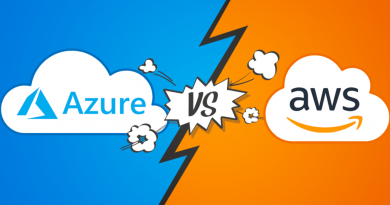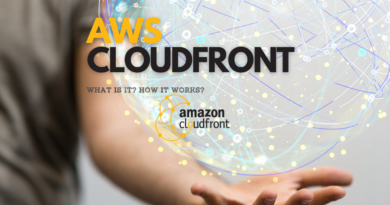DATA CLASSIFICATION BEST PRACTICES
Today’s organizations create, store, and manage more information than ever before, including sensitive data, such as spreadsheets containing employees’ Social Security numbers. Keeping this abundance of data private, secure, and in compliance requires a higher level of data management and control than ever before. Hence, this requires organizations to install a range of tools and practices. Therefore, Team ClayDesk is excited to provide Managed DevOps Services.
Additionally, A Critical First-Step in the Battle to Keep Sensitive Data Private, Secure, and in Compliance
WHAT IS DATA CLASSIFICATION?
Data classification is the process of separating and organizing data into relevant groups (“classes”) based on their shared characteristics, such as their level of sensitivity and the risks they present, and the compliance regulations that protect them.
Thus, to protect sensitive data, it must be located, then classified according to its level of sensitivity and tagged. Therefore, enterprises must handle each group of data in ways that ensure only authorized people can gain access, both internally and externally, and that the data is always handled in proper manner.
Data security and privacy suffer if organizations don’t know their data, including where it lives and how it needs to be protected
— Team ClayDesk
WHY DO WE NEED TO CLASSIFY DATA?
Above all, data security and privacy suffer if organizations don’t know their data, including where it lives and how it needs to be protected. Therefore, to “know your data” means having understanding where all “sensitive” data is located across an enterprise. Thus, according to Forrester, data privacy professionals, such as Data Privacy Officers (DPO), cannot effectively protect customer, employee, and corporate information if they don’t know the following
- What data exists across their enterprise
- Where it resides exactly
- Its value and risk to the organization
- Compliance regulations governing the data
- Who is allowed to access and use the data

BENEFITS OF DATA CLASSIFICATION
Additionally, four out of five companies don’t know the location of their sensitive data, or how to protect it, according to a cybersecurity study. Hence, this is a serious problem in the fight to keep sensitive data secure, private, and in compliance. By launching comprehensive, well-planned data classification programs, organizations gain a wide range of benefits.
Hence, data classification helps determine where regulated data is located across the enterprise, ensures that appropriate security controls are in place, and that the data is traceable and searchable, as required by compliance regulations
DATA CLASSIFICATION CHALLENGES
Almost every organization houses some types of sensitive data — often much more than they realize. However, it’s unlikely they understand exactly where that data lives throughout their infrastructure and the many ways it could be accessed or compromised. For this reason and others, establishing effective data classification programs within organizations faces a wide range of challenges.
Among these tasks is data discovery, another critical step in data privacy. On the contrary, this is the process of collecting data from databases and silos, and consolidating it into a single source that can be easily and instantly accessed. Data classification and data discovery go hand-in-hand. The data lifecycle includes these six stages:
1. CREATION
2. ROLE BASED USE
3. STORAGE
4. SHARING
5. ARCHIVE
6. PERMANENTLY DESTROY
<script async="" src="https://pagead2.googlesyndication.com/pagead/js/adsbygoogle.js"></script>
<ins class="adsbygoogle" style="display:block; text-align:center;" data-ad-layout="in-article" data-ad-format="fluid" data-ad-client="ca-pub-9830502542830948" data-ad-slot="2921984452"></ins>
<script>
(adsbygoogle = window.adsbygoogle || []).push({});
</script>For instance, enterprise organizations typically design their own data classification models and categories. For example, U.S. government agencies often define three data types — public, secret, and top secret. Organizations in the private sector usually start by classifying data in these three categories — restricted, private, or public.




